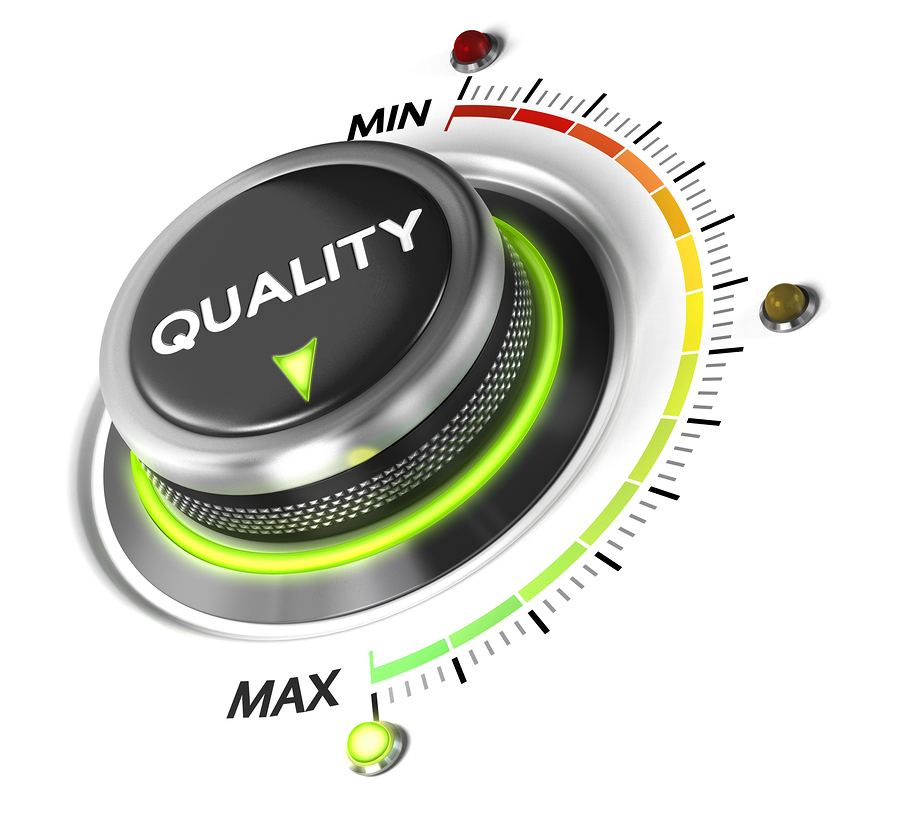Sum Will Help You Overcome the Three Biggest Challenges Value Analysis Teams Face
Robert W. Yokl
As value analysis professionals we would like to think that we can stick strictly to our set disciplines, methodologies, and processes and in the end gain the big quality and savings results that are needed for our healthcare organizations. But the reality is that our methodologies and systems are limited by their own rules, processes, and data in hand, or lack thereof. If you have been in value analysis for some years, then you understand what these limitations are. As a discipline, we are always working to improvise solutions to overcome the challenges and limitations and to push our programs forward to sustain even bigger results. We therefore need to incorporate additional tools, methodologies, and systems in order to take our programs to new levels of sustainable quality and savings results while overcoming the challenges at hand. Here are three of the biggest challenges and their solutions that I see to move your value analysis program to the next level of savings performance.
Challenge #1 – VA Does Not Have Robust Utilization Reporting
Value analysis was created back in the mid-1940s and is geared toward functional analysis of products, services, and technologies with the goal of reducing costs while maintaining and/or improving quality. Value analysis is a great engine to drive cost and quality issues out of the organization and gain big savings while facilitating evidence-based change for our organizations. What value analysis is lacking is systems and methodologies for developing new savings projects. If your savings engine is running at a quarter or even half speed, then your healthcare organization is not achieving the savings results it needs to sustain a healthy bottom line.
Solution #1 – Supply Utilization Reporting Will Give You Ongoing VA Savings Candidates
What is unique about Supply Utilization Management (SUM) is the fact that it is built to capture, organize, and then report on over 300 major and minor categories of spend which encompasses 90% of all products, services, and technologies you purchase. This is not just a simple spend report but includes all of the categories mapped to their respective operating metric that will allow a true cost per metric measurement for your overall category spend. This will provide you with an unchallengeable report that will give your value analysis leaders the fuel they need for their savings and quality improvement agendas. Consequently, your VA committees and teams can then strategically plan using a descending dollar savings listing to help them determine how and when they will attack their next major savings opportunities. In the hands of VA leaders, the SUM reporting now keeps the biggest and most important savings at the top of the VA agenda while making the reporting automatic for the VA teams and leaders.
Challenge #2 – Studies Implemented but No Automatic Follow-Up Reporting
Another challenge that value analysis teams face is the fact that once VA studies have been completed and implemented, there is no ongoing reporting to tell the team whether the products, services, and technologies have achieved their planned results. Yes, you have had savings reports in spreadsheets and other databases for years but none of these are tied to systems that can correlate whether your savings results are holding, getting worse, or improving. You can’t tell without tediously going back and manually auditing these studies using basic spreadsheets. There is just no time for value analysis leaders to perform this follow up task; it needs to be automatically part of the process.
Solution #2 – Before, During, and After Reporting that is On Point
Because SUM reporting is perpetual in nature, it is a great reporting engine to let you know where you stand before your value analysis study (on new or existing products) begins, where you are while you analyze the product, and what the results are after the study has been completed. Plus, it will continue to track and flag the category if the costs go up or down dramatically. If you are anticipating a 22% category reduction because of a value analysis implemented savings, then the SUM reporting should start to show your results on the subsequent quarterly and fiscal year-to-date reports. This same logic applies to all implemented value analysis product or category studies.
Further, because savings is a moving target and is based on volume and spend per operating metric, SUM is the perfect methodology to give you the “true results” of your value analysis studies since it factors in all variations in your healthcare organization’s volumes. Thus, eliminating one of the biggest customer excuses for whether a study is working, not working, or should be re-reviewed because the results don’t match the recommendations. The worst thing that could happen in today’s healthcare environment is to promise savings and then not be able to deliver on your promise. SUM can avoid this embarrassment!
Challenge #3 – Value Analysis Teams Lack Evidence on Their Own Organizations
Value analysis teams are desperately trying to gather evidence for their value analysis studies to gain buy-in from their clinicians, department heads, and managers for change. Even when quality evidence-based studies or materials are found, they must be validated in your healthcare organization. Right now, evidence validation is a manual task and in many cases is fast tracked or just blindly believed to be the truth. The VA team then proceeds not knowing if the evidence or the result is working beyond simple opinions or surveys. Neither a survey nor an opinion will give any feedback beyond the clinical evaluation trial. The product could be working exactly as specified or could be dead wrong and causing cost and quality issues over the short and long term.
Solution #3 – The Best and Most Believable Evidence is Your Own Reliable Data
Because of the uniqueness and disparate characteristics of any healthcare organization, it is challenging for value analysis practitioners to bring valid evidence to the table that would convince clinicians, department heads, and managers to entertain a change. With SUM, you now have your data formatted, organized, and readily available to validate any evidence that comes in your door, from a single product validation (IV catheter, airway tube, endomechanical instrument, etc.) to a whole major category (surgical mesh, urological Foley catheters, pacemakers, contrast media, etc.). The key is that you must be able to quickly ascertain whether the evidence brought to the table is going to deliver the results you expect.
It Is Time to Answer the Demands for Higher Levels of Reporting from Your Stakeholders
To summarize, it is time that we start to look to Supply Utilization Management as a great partner to our value analysis teams and committees. Value analysis has long been lacking the analytic and data centric element that it clearly needs. Plus, our department heads, clinical leaders, and value analysis team members are now demanding new levels of data to match up to the new growing challenges that value analysis teams are facing. By incorporating SUM with VA, organizations can take your savings and quality improvement to a whole new level. Finally, you can actually know that you are making big sustainable savings results instead of painstakingly trying to validate savings, or worse yet, not knowing at all.





